Animals
-
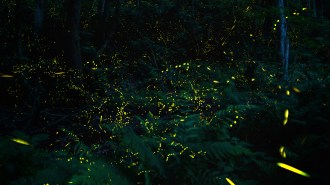 Animals
Animals‘Night Magic’ invites you to celebrate the living wonders of the dark
In the book ‘Night Magic,’ Leigh Ann Henion writes of encounters with salamanders, bats, glowworms and other life-forms nurtured by darkness.
-
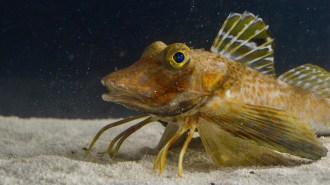 Animals
AnimalsThis fish has legs — and it uses them for more than just walking
Some sea robins have taste buds on their six crablike legs that help the fish ferret out prey buried in sand as they walk.
-
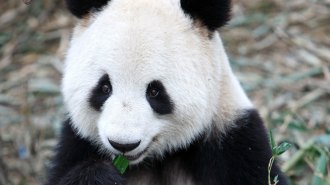 Animals
AnimalsScientists have just turned giant panda skin cells into stem cells
If the pluripotent stem cells can be turned into precursors to egg and sperm cells, the feat could potentially be a big deal for giant panda conservation.
By Jason Bittel -
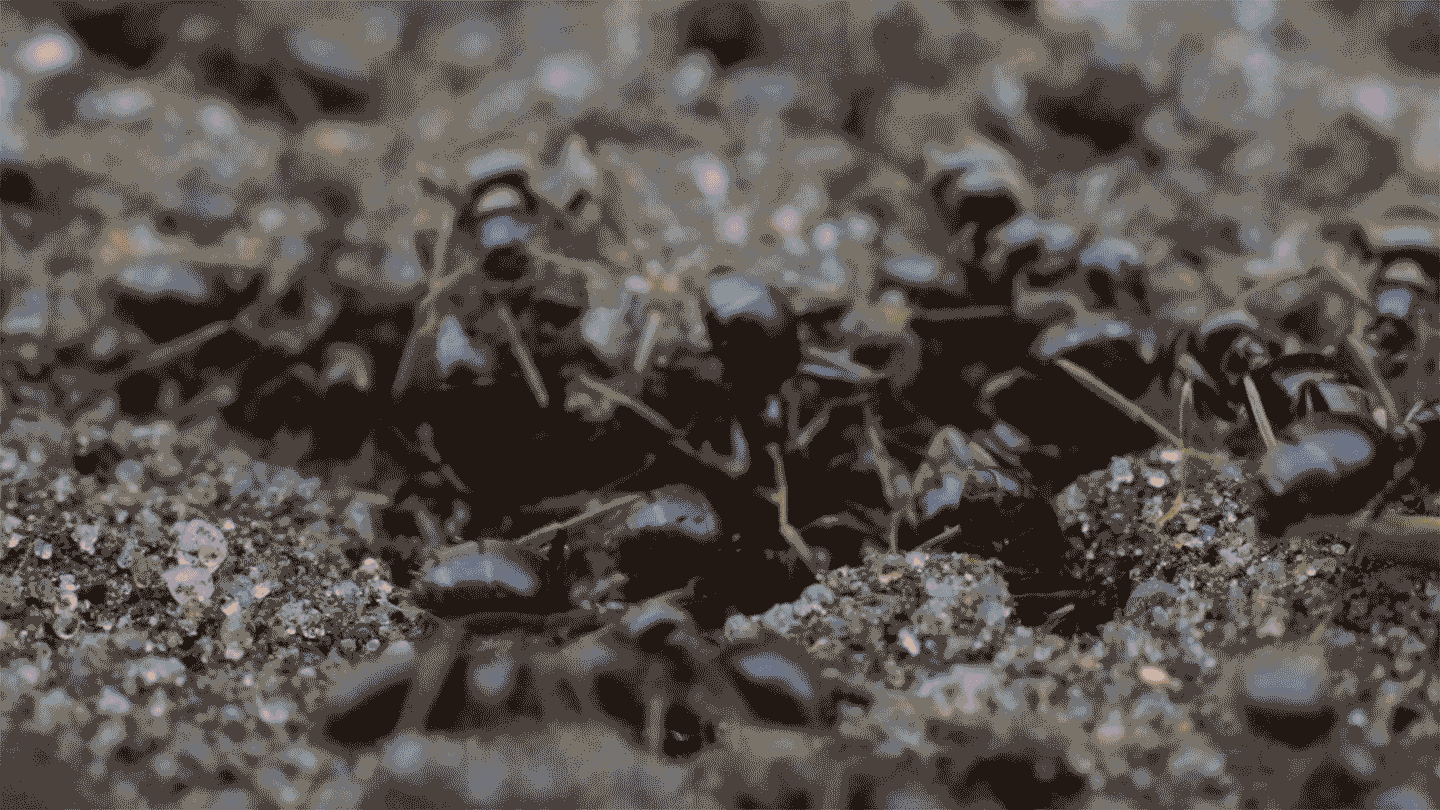 Animals
AnimalsAnts changed the architecture of their nests when exposed to a pathogen
Black garden ants made tweaks to entrances, tunnels and chambers that may help prevent diseases from spreading.
-
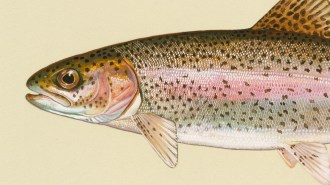 Neuroscience
NeuroscienceSome healthy fish have bacteria in their brains
Animals including mammals usually protect their brains from infiltrating microbes that can cause disease. But some fish seem to do just fine.
-
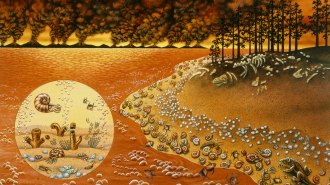 Life
LifeMega El Niños kicked off the world’s worst mass extinction
Long-lasting, widespread heat and weather extremes may have caused the Great Dying extinction event 252 million years ago.
By Jake Buehler -
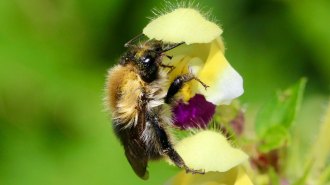 Animals
AnimalsBumblebees lose most of their sense of smell after heat waves
A few hours in high temps reduced the ability of antennae to detect flower scents by 80 percent. That could impact the bees’ ability to find food.
-
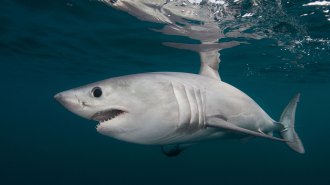 Animals
AnimalsScientists piece together clues in a shark ‘murder mystery’
A missing porbeagle shark was likely killed by a great white. It’s the first known case of adult porbeagles being hunted by a predator, scientists say.
By Jason Bittel -
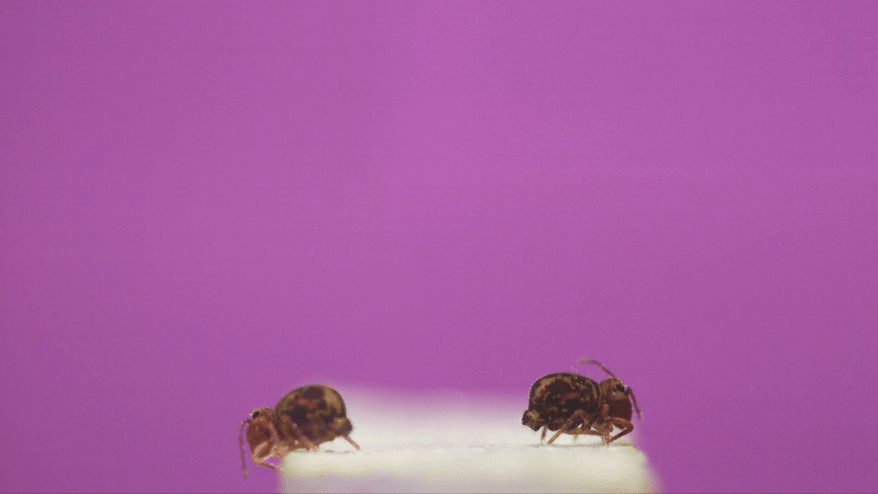 Animals
AnimalsHere’s how an arthropod pulls off the world’s fastest backflip
While airborne, globular springtails can reach a spin rate of 368 rotations per second, high-speed camera footage shows.
-
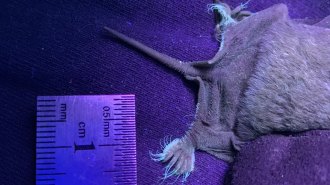 Animals
AnimalsIn a first, these bats were found to have toes that glow
Hairs on the toes of Mexican free-tailed bats fluoresce under UV light, a new study reports. The function of the toe glow is unknown.
By Jason Bittel -
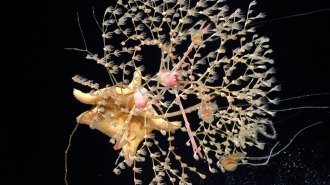 Life
LifeRemote seamounts in the southeast Pacific may be home to 20 new species
A recent expedition to the intersection of two undersea mountain chains has revealed a new seamount and a rich world of deep-sea biodiversity.
By Jake Buehler -
 Oceans
OceansNational Geographic’s ‘OceanXplorers’ dives into the ocean’s mysteries
National Geographic’s documentary series ‘OceanXplorers,’ produced by James Cameron, invites you aboard one of the most advanced research vessels in the world.
By Abby Wallace